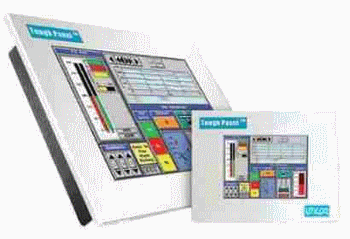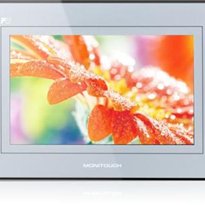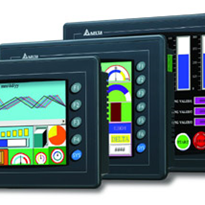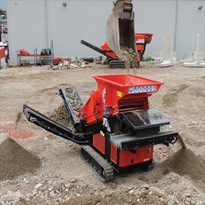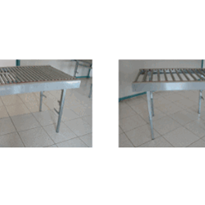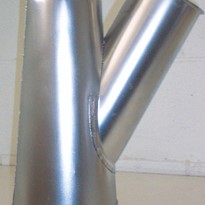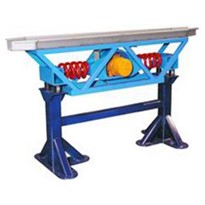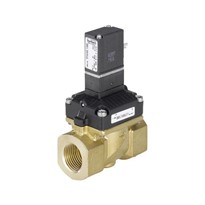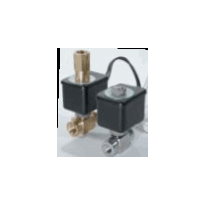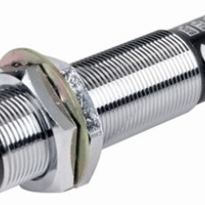They have been used to display basic local functions, like process or machine operation, alarms and some historical trends. Existing in a wide variety of sizes and user interface technologies (such as keypads, touch screens and keyboards), HMIs have been viewed by OEM panel builders and their end-user customers alike primarily as a necessary component that completes an automation architecture.
But industrial automation today is requiring more connectivity, performance, cost effectiveness and added-value integrated function, areas that have spurred HMI improvement and innovation. Coupled with today's hardware technology trend and increased software capabilities, the usage scope of HMIs are changing, making it much more a value-added contributor to the machine or process throughout its lifecycle, from design to maintenance and upgrade.
New benefits
Performance is one of the obvious improvements in HMI technology. HMIs now have the ability to run more complex applications thanks to a more robust CPU, increased RAM and more storage space, along with a lower price point. This means HMIs can run not only on optimized proprietary operating systems, but also on open platforms (like Microsoft Windows® Embedded or Professional operating systems), allowing customers to take advantage of advanced features such as PDF generation. The hardware base is also changing, thanks to mature PC technologies and reliable storage device units, such as solid-state drives (i.e., flash or USB drives), allowing HMIs to run on a PC-based platform.
HMIs' connectivity capabilities are playing an increasing role by linking programmable logic controllers (PLCs) to a facility's IT infrastructure. At the PLC architecture level, HMI interfacing is facilitated through different connection types, such as serial ports, USB ports and Ethernet, along with the ability to use the same HMI to connect using different types of PLC vendor protocols and fieldbus, thus meeting a key end-user requirement. The IT link is more and more a necessity, because it transforms the historical and real-time data acquired by the HMI for usage by a facility's Manufacturing Execution System (MES) and Enterprise Resource Planning (ERP) system.
In today's challenging economy, cost efficiency is becoming an ever-important topic for both OEM panel builders and their end-user customers. Both stakeholders are looking closely at the total cost of ownership, but HMI is establishing itself as a cost-effective factor. This is particularly true in the design phase, where an HMI application must be easy to use and intuitive, regardless of the perceived complexity of its features. Setup and upgrades are seamless thanks to flash drives, which can be quickly deployed to a desired location without the need for skilled personnel. Maintenance and diagnostics are also important cost components: troubleshooting or remote monitoring can be done quickly, thanks to Web server capabilities on many HMIs.
Following a seamless integration, the ability to remotely access, monitor and control any HMI from any Web browser provides many advantages for a customer, most notably cost savings and process control through a single software package.
Moving forward
While HMIs have made many technological strides in recent years, the evidence suggests it is just the beginning. Video integration is becoming more and more popular: a simple example is the ability to view video files locally, guiding inexperienced operators step-by-step in machine operation. Another more complex example is using a camera (connected to the HMI by integrated RCA connector or Ethernet adapter) for real-time monitoring of remote areas or vehicle control. The ability to record video based on pre-selected PLC variables could answer the need for security integration in industrial automation.
Clearly, the increased capabilities of today's HMIs provide by key benefits for industrial facilities, thus helping create a more solid automation architecture that touches all machines, processes and infrastructure. OEM panel builders can help end-user customers accrue those benefits, but to do so, they must have an intimate understanding of their customer's application and architecture, and then work with a trusted HMI supplier so the most cost-effective solution can be applied.


